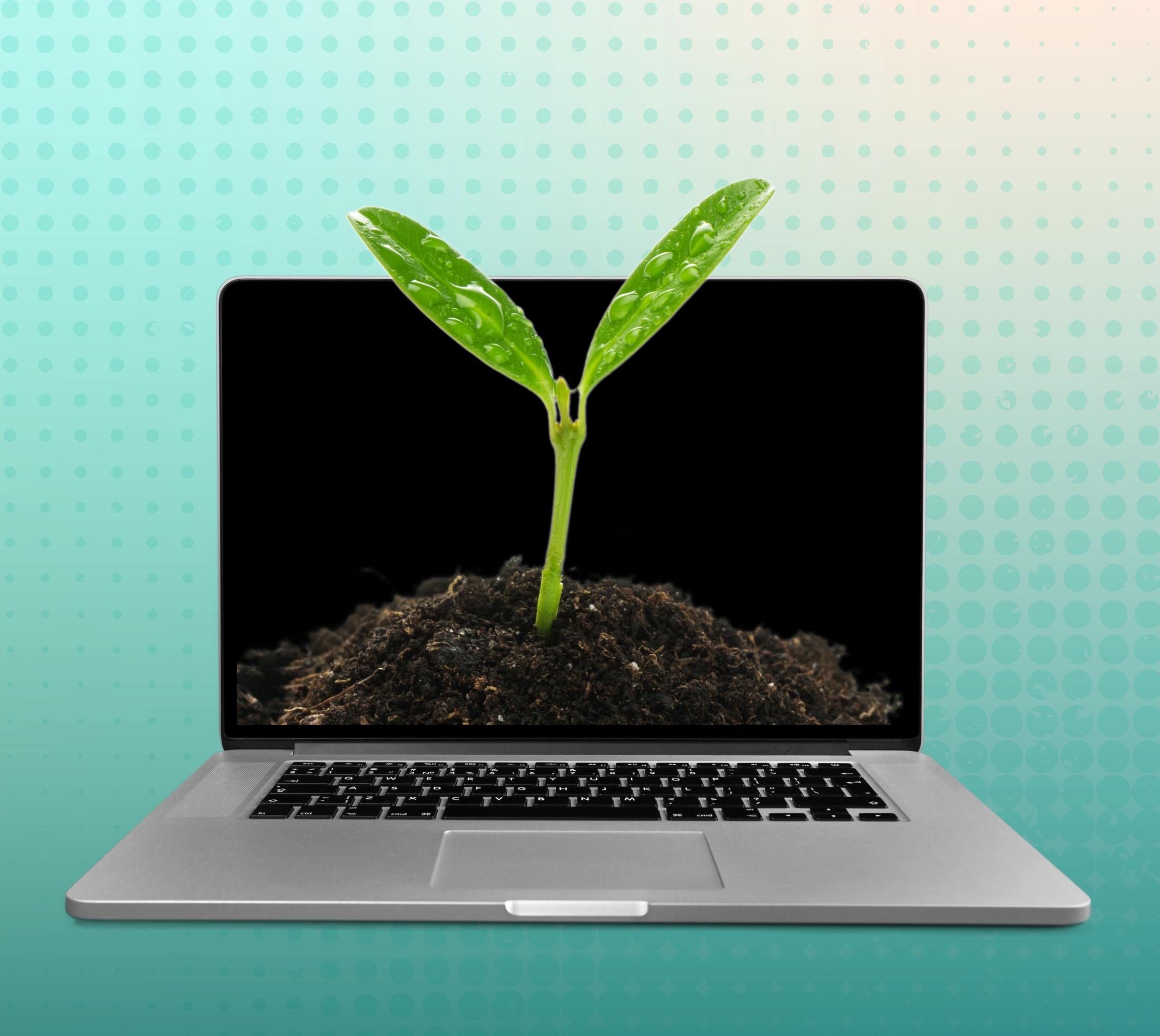Eco-Conscious Ways To Use AI

Eco-Conscious Ways To Use AI
The AI revolution is here. Unfortunately, it has implications on our planet.
The truth is, building, training, and fine-tuning AI models requires a lot of electricity, much of which comes from fossil fuels. The data centers that power these models also use huge amounts of water for hardware cooling, making the problem even worse.
And as AI grows in popularity, we’ll need more data centers to power AI development and use, adding more strain on our already limited natural resources. The trend has already started: a report from Berkeley Lab discovered that data center energy demand more than doubled from 2017 to 2023. The same report predicts that AI use will grow demand through the end of the decade.
Unfortunately, it’s not just training AI models that consumes energy—using AI tools does too. According to a recent study, ChatGPT use is responsible for more than 573,000 pounds (260,930 kilograms) of carbon dioxide every month. That’s about the same carbon footprint as taking 260 flights from New York City to London!
So, will AI lead to the planet’s downfall? Well not quite, because despite everything, there is a silver lining.
How Companies Are Using AI To Help The Planet
Despite all of its downsides, AI has the potential to drive sustainability and actually help the environment—it’s just a question of how we use it. According to the World Economic Forum, we can use AI tech to transform complex systems—e.g., power grids—making them more efficient, stable, and eco-friendly. Google’s DeepMind has already put this into practice, using machine learning to optimize wind farms and boost wind power’s economic value by 20%.
But that’s not all. AI can also be used to do things like design better climate models, paving the way for smarter, more informed environmental research, as well as helping find new solutions for climate change, biodiversity loss, and pollution and waste.
It also has the power to encourage societal change on a large scale, inspiring everyday people to make greener decisions. For example, in 2021 and 2022, Google Maps released an AI-powered, eco-friendly routing feature across the U.S. and Europe that prevented over 1.1 million tons of CO2 emissions per year!
While we still need to do more research on AI’s effect on the climate, the current outlook is promising. A recent report by BCG and Google found that if we use AI to strategically scale existing technologies, we can reduce 5% to 10% of our greenhouse gas emissions by 2030.
Industry leaders like Google are taking steps to implement eco-conscious AI every day, using it to solve climate problems on a global scale. But giant companies aren’t the only ones who can make a difference.
What You Can Do To Help
As an AI user, you have the power to help shape a more sustainable future. As AI becomes more commonplace, the collective environmental impact of generative AI tools will grow. By taking steps to be responsible with our AI use, we can limit its negative effects and make a lasting impact. Here’s how:
Don’t Use AI for Things You Can Easily Google
Using AI tools to answer all of your questions may be tempting, but it takes its toll on the environment. In fact, a single generative AI query is estimated to use about five times more electricity than a simple web search. Next time you need to look something up, consider whether or not you can Google it first—it’s better for the planet.
Choose AI Tools Responsibly
When you buy something at the store, you’re effectively voting with your dollar—for example, buying ethically made products is a vote for supporting ethical businesses. When it comes to AI, you also have a choice. By choosing to use AI tools from companies that promote safe and responsible AI development, you yourself are supporting those initiatives.
The best way to find responsible AI tools is by keeping up with the latest from thought leaders on ethical AI use such as Merve Hickok and Timnit Gebru. As AI continues to evolve and new models come to market, it’s important to review the policies of AI companies, and vet whether they are staying true to responsible AI use, especially when they release new models or products.
Educate Others
While you may be aware of AI’s effect on the environment, many others aren’t. That’s why it’s important to teach friends and family about its environmental effects. It’s all about making a collective impact—if each one of us educates at least one other person on how their AI use affects the planet, we can prevent thousands of tons of CO2 from being released into the atmosphere over the next few years.
Solve Problems With AI
We’ve shared how industry leaders are using AI to drive positive environmental change. But you don’t need to wait for the big companies to take action—you can make a direct impact on your own!
Students just like you are using AI to develop creative solutions that help the planet every day, and you can as well. In fact, your next personal project could help put your community—and the world—on a greener path.
Looking for ideas? Check out the winners of Girls Who Code’s AI & Sustainability Challenge!
In its current form, AI takes a serious toll on the environment. That said, the future doesn’t need to be this way. As industry leaders pave the way for sustainable AI, you can take steps to change your AI use to be more environmentally friendly.
By avoiding relying on AI for simple questions, choosing AI tools backed by responsible companies, educating others, and tackling projects that help your community, you can help make the world more sustainable for generations to come.
Want to be a part of the next GWC AI challenge? Find out how to join here!


